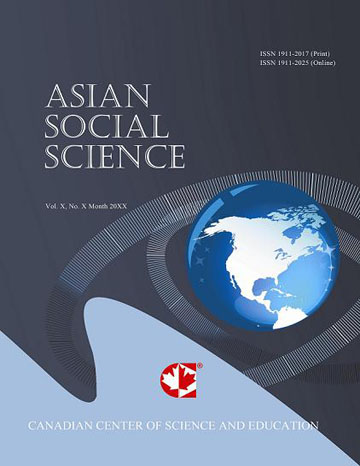Central Asia’s Challenging Prospects for Regional Cooperation: External Advocacy and Local Inactivity
- Christian Ploberger
Abstract
While Central Asia is widely recognised as a region, we cannot identify an indigenous regional cooperation process. Whereas from an outside perspective, one may assume the existence of a strong regional cohesion, this is not the case when taking a view from within the region. So far, an indigenous Central Asia regional cooperation process is largely missing, even CAREC may provide a first attempt for an indigenous regional cooperation process. Instead, regional cooperation processes are based on great-power strategies, with Russia and China taking on prominent roles, though we can identify clear differences in their approaches as Russia’s EEU focuses on a closed economic sphere, whereas China’s BRI favours an open process. The implications are, that, for the foreseeable future, the likelihood that we can observe a process of regional cooperation, originating from within the region, is rather doubtful.
- Full Text:
 PDF
PDF
- DOI:10.5539/ass.v18n6p33
Journal Metrics
Index
- Academic Journals Database
- BASE (Bielefeld Academic Search Engine)
- Berkeley Library
- CNKI Scholar
- COPAC
- EBSCOhost
- EconBiz
- Elektronische Zeitschriftenbibliothek (EZB)
- Excellence in Research for Australia (ERA)
- Genamics JournalSeek
- GETIT@YALE (Yale University Library)
- Harvard Library
- IBZ Online
- IDEAS
- Infotrieve
- JournalTOCs
- LOCKSS
- MIAR
- Mir@bel
- NewJour
- OAJI
- Open J-Gate
- PKP Open Archives Harvester
- Publons
- Questia Online Library
- RePEc
- SafetyLit
- SHERPA/RoMEO
- Standard Periodical Directory
- Stanford Libraries
- Technische Informationsbibliothek (TIB)
- The Keepers Registry
- Universe Digital Library
- VOCEDplus
- WorldCat
Contact
- Jenny ZhangEditorial Assistant
- ass@ccsenet.org
